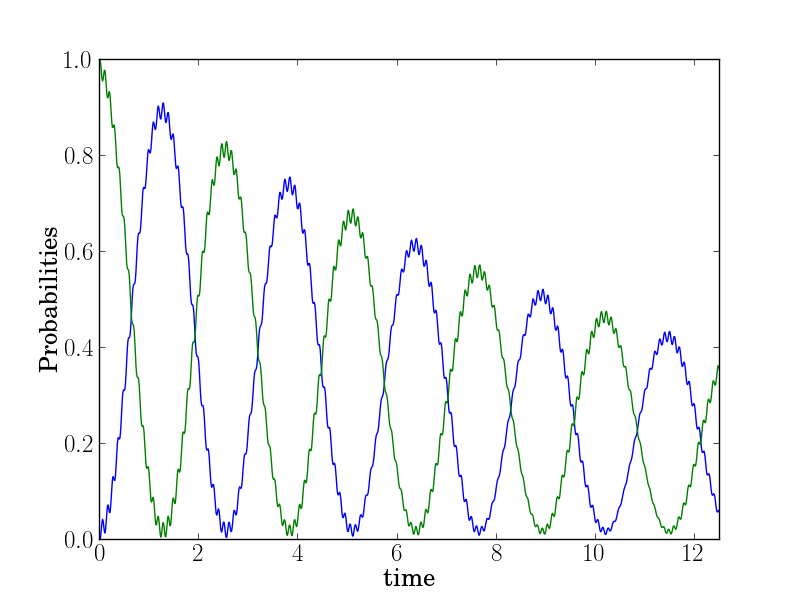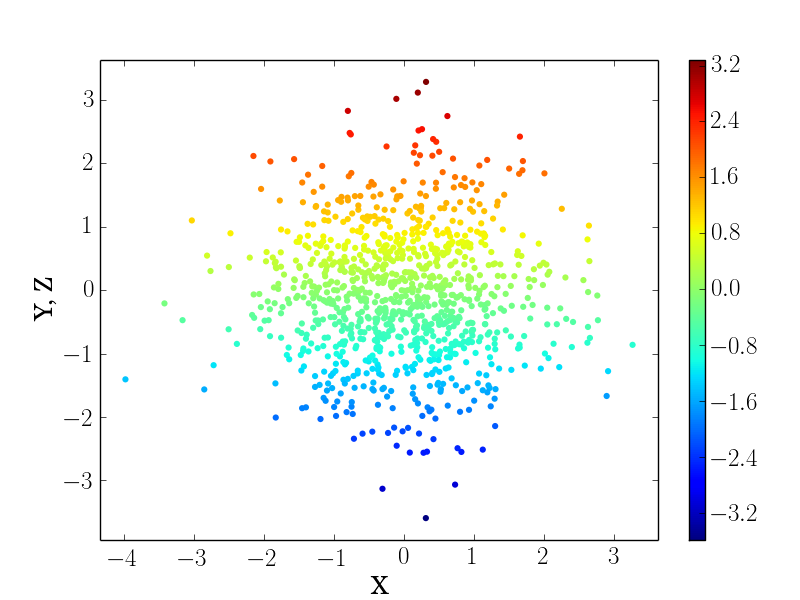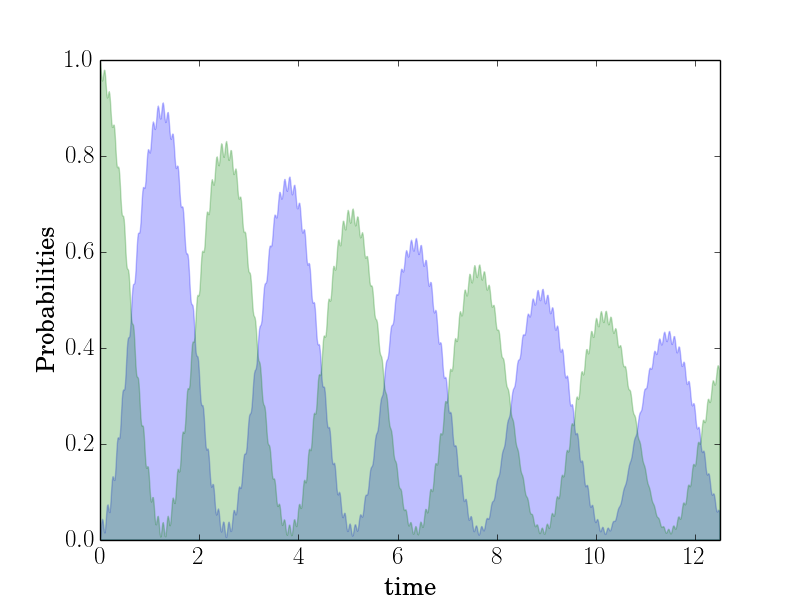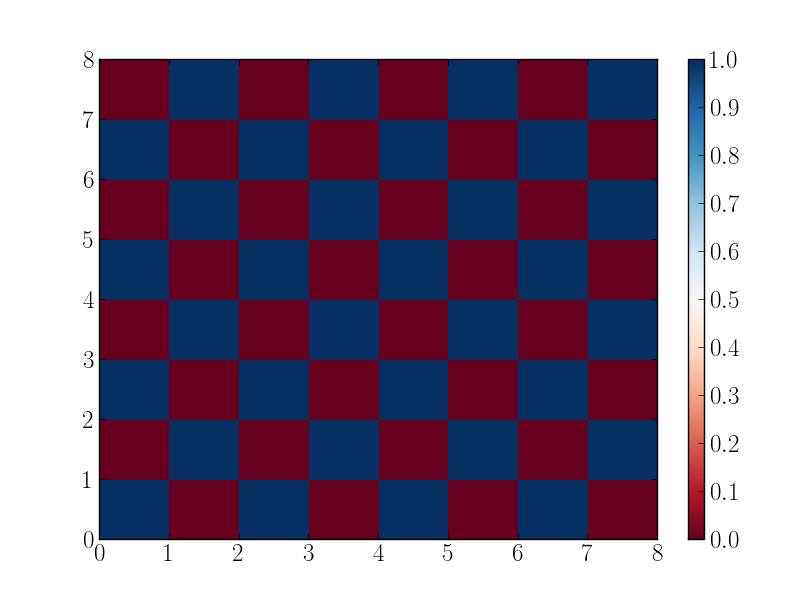enplot: a one-line plot command
enplot use python and matplotlib to provide a simple command-line interface that be used to quickly plot data in CSV and related formats. The focus of enplot is not publication quality plots, but rather quick and easy presentation of numerical data.
$ enplot --help
usage: enplot [-h] [-t TITLE] [-o OUTPUT_FILE] [-f OUTPUT_FORMAT] [-x X]
[-y Y] [-z Z] [-m] [-T] [-X X_LABEL] [-Y Y_LABEL] [-Z Z_LABEL]
[-C C] [--log-x] [--log-y] [-H HEADER]
[-l LEGENDS] [-S] [-s STYLE] [-q] [-d] [-v VIEW] [-V] [-c]
[datafile [datafile ...]]
positional arguments:
datafile a data file in a CSV-like format
optional arguments:
-h, --help show this help message and exit
-t TITLE, --title TITLE
plot title
-o OUTPUT_FILE, --output-file OUTPUT_FILE
file name for output
-f OUTPUT_FORMAT, --output-format OUTPUT_FORMAT
file format for output
-x X column index in the data file for use as X variable
-y Y comma-separated list of column index in the data file
for use as Y variables
-z Z comma-separated list of column index in the data file
for use as Y variables
-C C column index in the data file for use as color code
--log-x plot using log of the values in x-axis
--log-y plot using log of the values in y-axis
-H HEADER, --header HEADER
Number of header lines to ignore
-m, --matrix-form data in matrix form
-T, --matrix-transpose
transpose data in matrix form
-X X_LABEL, --x-label X_LABEL
label for use on X axis
-Y Y_LABEL, --y-label Y_LABEL
label for use on Y axis
-Z Z_LABEL, --z-label Z_LABEL
label for use on Z axis
-l LEGENDS, --legends LEGENDS
comma-separated list of legends
-S, --sort sort the data by the X-axis data points
-s STYLE, --style STYLE
graph style ('line', 'bar', 'scatter')
-q, --quiet do not display plot window
-d, --debug activate debug printouts
-v VIEW, --view VIEW view perspective (top or 3d)
-V, --version show version information
-c, --colorbar Show colorbar
Plot lines corresponding to column data:
$ head -n 4 tests/example-data0.dat
# Generated by QuTiP: 1000x3 real matrix in decimal format [',' separated values].
0.0000000000,0.0000000000,1.0000000000
0.0125125125,0.0217573882,0.9773997992
0.0250250250,0.0747018995,0.9246287209
$ enplot -x 0 -y 1,2 -X "time" -Y "Probabilities" -o tests/example-data0.png tests/example-data0.dat
Plot bars corresponding to column data:
$ head -n 4 tests/example-data3.dat
1 -3.04
2 -3.21
3 -0.83
4 3.89
$ enplot -s bar -x 0 -y 1 -X "Month" -Y "Avg. temperature (C)" -o tests/example-data3.png tests/example-data3.dat
Scatter corresponding to column data:
$ enplot -s scatter -x 0 -y 1,2 -X "X" -Y "Y, Z" -o tests/example-data4.png tests/example-data4.dat
Plot filled areas corresponding to column data:
$ enplot -s fill -x 0 -y 1,2 -X "time" -Y "Probabilities" -o tests/example-data0b.png tests/example-data0.dat
$ enplot -x 0 -y 1 -z 2 -c -v 3d -o tests/example-data1a.png tests/example-data1.dat
$ enplot -x 0 -y 1 -z 2 -c -o tests/example-data1b.png tests/example-data1.dat
$ head -3 tests/example-data2.dat
1 0 1 0 1 0 1 0
0 1 0 1 0 1 0 1
1 0 1 0 1 0 1 0
$ enplot -m -c -o tests/example-data2.png tests/example-data2.dat






